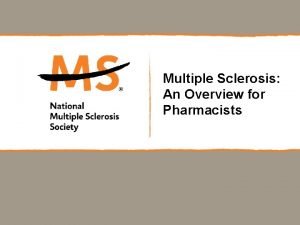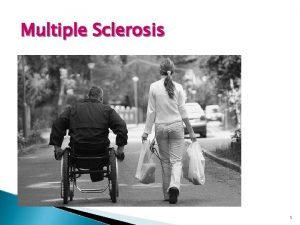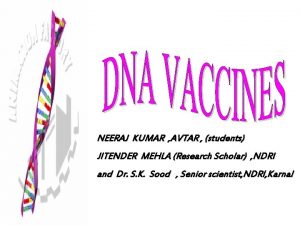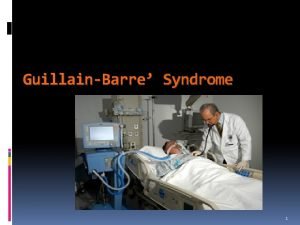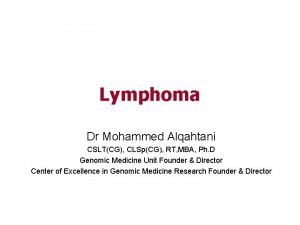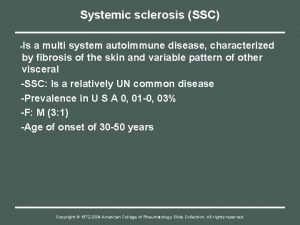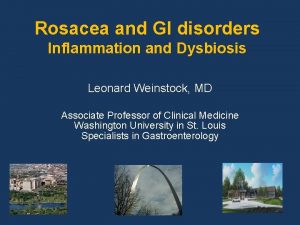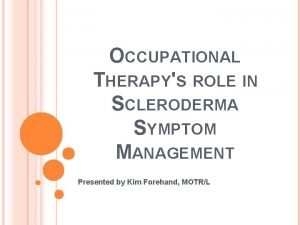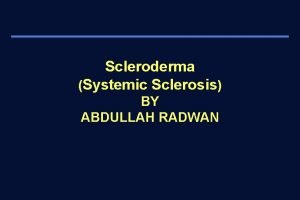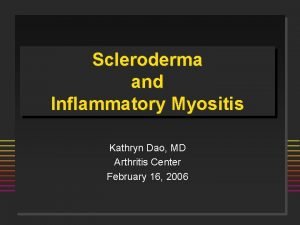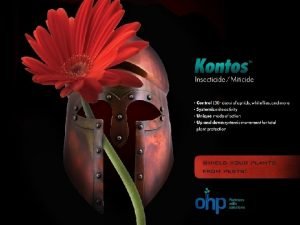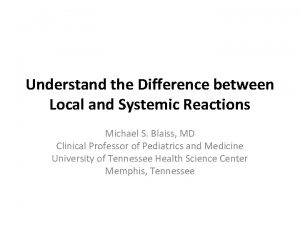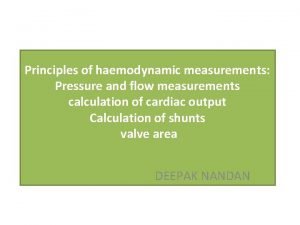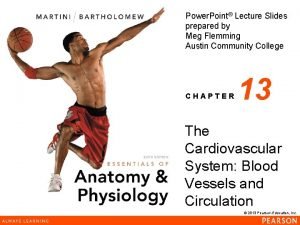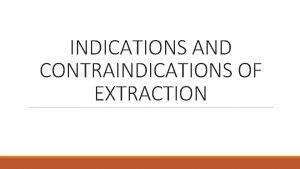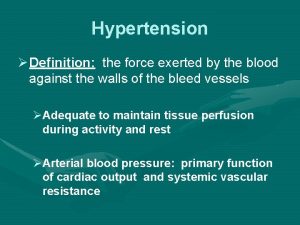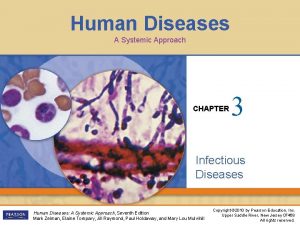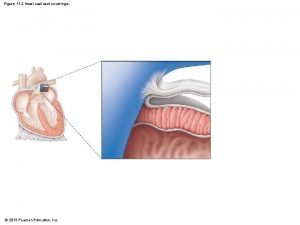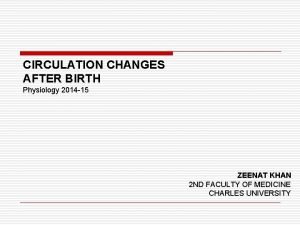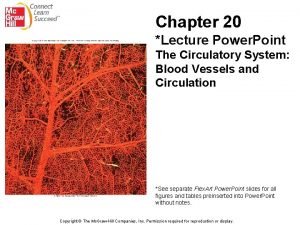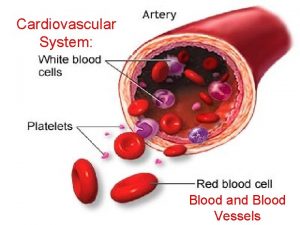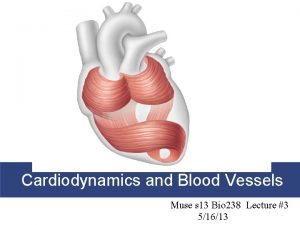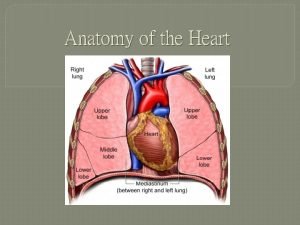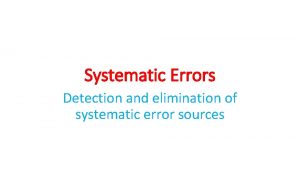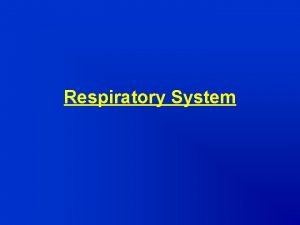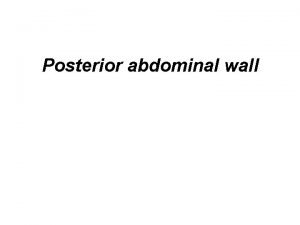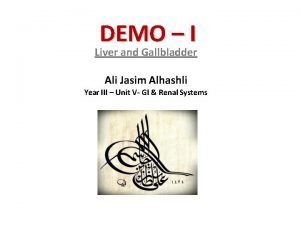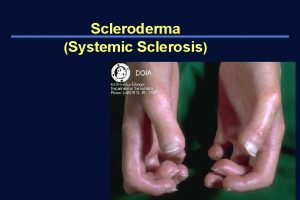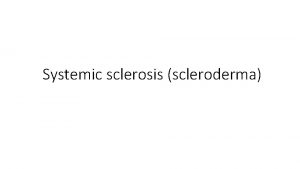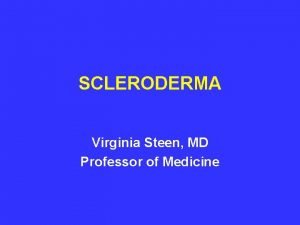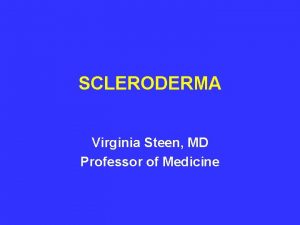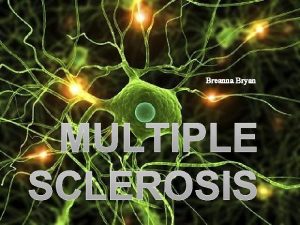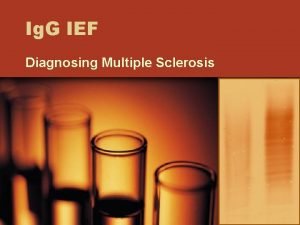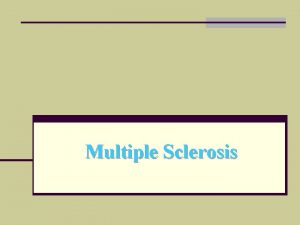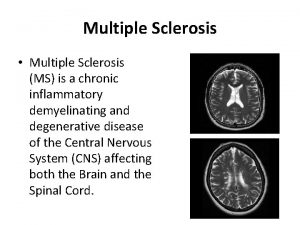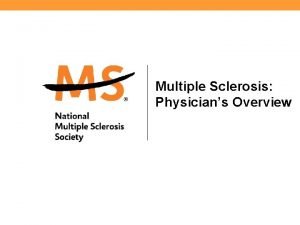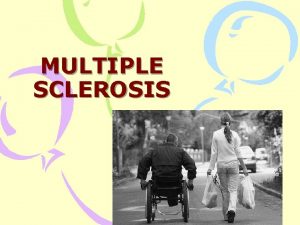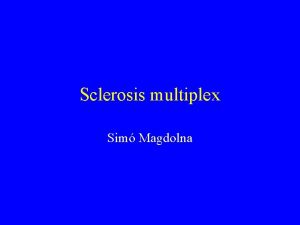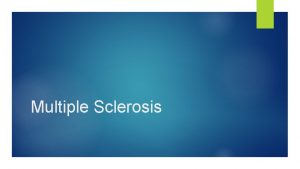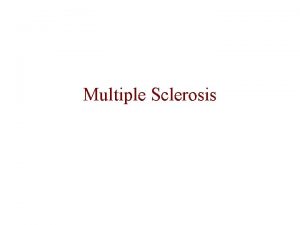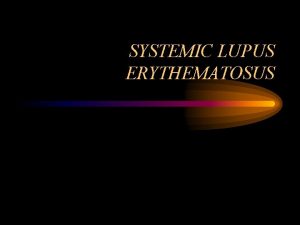Scleroderma Systemic Sclerosis Definition 1 Systemic sclerosis scleroderma













































- Slides: 45

Scleroderma (Systemic Sclerosis)

Definition 1. Systemic sclerosis (scleroderma) a multisystem disorder characterized by 1) functional and structural abnormalities of blood vessels 2) fibrosis of the skin and internal organs 3) immune system activation 4) autoimmunity

Epidemiology 1. Prevalence: 4 -12 new cases per million per year 2. Susceptibility: host factor 1) age - peak occurrence: age 35 -65 years 2) gender - female : male = 3 -12 : 1 3) genetic background

Classification 1. Systemic sclerosis 2. – Diffuse cutaneous systemic sclerosis – – Limited cutaneous systemic sclerosis Overlap syndromes Localized scleroderma – Morphoea – Linear scleroderma • En coup de sabre

Classification of systemic sclerosis 1. Diffuse cutaneous systemic sclerosis 1) proximal skin thickening - distal and proximal extremity and often the trunk and face 2) tendency to rapid progression of skin change 3) rapid onset of disease following Raynaud’s phenomenon 4) early appearance of visceral involvement 5) poor prognosis

Classification of systemic sclerosis 2. Limited cutaneous systemic sclerosis 1) symmetric restricted fibrosis - affecting the distal extremities and face/neck 2) prolonged delay in appearance of distinctive internal manifestation 3) prominence of calcinosis and telangiectasia 4) good prognosis * CREST syndrome - calcinosis, Raynaud's phenomenon, esophageal dysmotility, sclerodactyly, telangiectasia

Classification of systemic sclerosis Overlap syndromes – Features of systemic sclerosis together with those of at least one other autoimmune rheumatic disease, e. g. SLE, RA, or polymyositis

Etiology Environmental factors Genetic predisposition 1) silica dust 2) organic solvents 3) biogenic amines 4) urea formaldehyde 5) polyvinyl chloride 6) rapeseed oil 7) bleomycin 8) L-tryptophan 9) silicone implant (? ) Defective immunoregulation 1) cell mediated immunity CD 4/CD 8 , cytokines 2) humoral immunity – hypergammaglobulinemia – autoantibody production – antinuclear antibody (+) > 95%

Pathogenesis Susceptible host Exogenous events Immune system activation Fibroblast activation Endothelial cell activation/damage End stage pathology Obliterative vasculopathy Fibrosis

Pathogenesis 1. Vasculopathy of small artery and capillary - endothelial cell injury - adhesion and activation of platelet - PG F, thromboxane A 2 release - vasoconstriction & growth of endothelial cell and fibroblast - narrowing or obliteration, increased permeability 2. Fibrosis - aberrant regulation of fibroblast cell growth - increased production of extracellular matrix (collagen, fibronectin, and glycosaminoglycan) - thickening of the skin & fibrosis of internal organs

Clinical features 1. Vascular abnormalities 1) Raynaud's phenomenon - cold hands and feet with reversible skin color change (white to blue to red) - induced by cold temperature or emotional stress - initial complaint in 3/4 of patients - 90% in patients with skin change (prevalence in the general population: 4 -15%) 2) digital ischemic injury

Raynaud’s phenomenon

Raynaud’s phenomenon

Raynaud’s phenomenon • Arteriogram - narrowing and occlusion of digital arteries - proximal vessels, arcades and metacarpal vessels are widely patent

Telangiectasia • local disruption of angiogenesis • blanched by pressure

Clinical features 2. Skin involvement (1) 1) stage - edematous phase - indurative phase - atrophic phase 2) firm, thickened bound to underlying soft tissue 3) decrease in range of motion, loss of facial expression, inability to open mouth fully, contractures

Edematous phase

Skin Induration

Acrosclerosis

Facial changes Tight, thin lips with vertical perioral furrows

Clinical features 2. Skin involvement (2) ulceration, loss of soft tissue of finger tip, pigmentation, calcific deposit, capillary change 3. Musculoskeletal system • Polyarthritis and flexion contracture • Muscle weakness and atrophy (primary /secondary)

Terminal digit resorption

Acrolysis

Digital pitting scars

CREST syndrome: calcinosis cutis

Calcinosis and acrolysis

Clinical features 4. intestinal involvement 1) esophagus: hypomotility and retrosternal pain, reflux esophagitis, stricture 2) stomach: delayed emptying 3) small intestine: pseudo-obstruction, paralytic ileus, malabsorption, weight loss, cachexia 4) large intestine: chronic constipation and fecal impaction diverticula

Abnormal motility

Diverticula • Barium enema study - multiple wide-mouthed diverticula of colon - broad base and neck - usually asymptomatic

Diverticula

Clinical features 5. lungs 1) 2/3 of patients affected - leading cause of mortality and morbidity in later stage of systemic sclerosis 2) pathology - interstitial fibrosis - intimal thickening of pulmonary arterioles (pulmonary hypertension) 3) Complains - dry cough, breathlessness

Pulmonary fibrosis

Clinical features 6. heart (10%) 1) pericarditis 2) heart failure 3) arrhythmia 4) myocardial fibrosis

Clinical features 7. kidney 1) diffuse scleroderma in association with rapid progression of skin involvement 2) pathology - intimal hyperplasia of the interlobular artery - fibrinoid necrosis of afferent arterioles - glomerulosclerosis 3) proteinuria, abnormal sediment, azotemia, microangiopathic hemolytic anemia, renal failure

Kidney arteriogram

Kidney, Intimal arterial fibrosis

Clinical features Exocrine glands – Xerostomia – xerophthalmia

Laboratory findings 1. ANA, RF 2. anti-Scl-70 (DNA topoisomerase I) antibody 1) 20 -40% in diffuse scleroderma 2) 10 -15% in limited scleroderma 3. anticentromere antibody 1) 50 -90% in limited scleroderma 2) 5% in diffuse scleroderma

Diagnosis 1. major criteria: proximal scleroderma 2. minor criteria: 1) sclerodactyly 2) digital pitting scar or loss of substance from the finger pads 3) bibasilar pulmonary fibrosis * one major or 2 or more minor criteria for diagnosis

Treatment A wide spectrum of clinical manifestations and severity - spontaneous improvement occurs frequently • Disease modifying interventions (? ) - penicillamine - methotrexate - immunosuppressive agent: cyclosporin, IFN- - recombinant human relaxin • Symptomatic (organ-specific) treatment

Treatment Raynaud’s phenomenon and ischemia 1) avoid cold exposure layers of warm, loose-fitting clothing 2) quit smoking 3) vasodilator therapy - calcium channel blocker (nifedipine), prazosin, ACE-i 4) finger / toe necrosis - intravenous prostaglandin (PGE 1, PGI 2) - amputation

Treatment Gastrointestinal 1) reflux esophagitis and dysphagia - elevation of head of bed - small frequent meal - avoid lying down within 3 -4 hours of eating - abstaining from caffeine-containing beverages, cigarette smoking - H 2 blocker, proton-pump inhibitor 2) gastroparesis: promotility agent (metoclopramide) 3) malabsorption syndrome: broad spectrum antibiotics

Treatment Pulmonary 1) Interstitial fibrosis - corticosteroid - cyclophosphamide, azathioprine 2) pulmonary artery hypertension - calcium channel blocker - prostacyclin - transplantation

Treatment Renal 1) renal crisis - early detection and ACE inhibitor 1 year survival without captopril 15% 1 year survival with captopril 76% - dialysis

Prognosis 1. quite variable and difficult to predict 2. cumulative survival diffuse limited 5 yr 70% 90% 10 yr 50% 70% 3. major cause of death 1) renal involvement 2) cardiac involvement 3) pulmonary involvement
 Sclerodactyly
Sclerodactyly Vas zita
Vas zita Is multiple sclerosis fatal
Is multiple sclerosis fatal Multiple sclerosis concept map
Multiple sclerosis concept map Cell
Cell Multiple sclerosis concept map
Multiple sclerosis concept map Hodgkin lymphoma nodular sclerosis
Hodgkin lymphoma nodular sclerosis Scleroderma esophagus
Scleroderma esophagus Adalimulab
Adalimulab Scleroderma occupational therapy
Scleroderma occupational therapy Scleroderma
Scleroderma Kathryn dao md
Kathryn dao md Scleroderma face changes
Scleroderma face changes Kontos systemic miticide
Kontos systemic miticide Systemic mycoses
Systemic mycoses Difference between local and systemic
Difference between local and systemic Systemic effects of immobility
Systemic effects of immobility Pulmonary circulation
Pulmonary circulation Systemic game design
Systemic game design Normal pulmonary vascular resistance
Normal pulmonary vascular resistance Chapter 15 preventive dentistry
Chapter 15 preventive dentistry Overview of the major systemic arteries
Overview of the major systemic arteries Plants are sessile
Plants are sessile Systemic pathology mcq with answers pdf
Systemic pathology mcq with answers pdf Systemic acquired resistance in plants
Systemic acquired resistance in plants Contraindications for extraction of teeth
Contraindications for extraction of teeth Systemic vascular resistance
Systemic vascular resistance Human diseases a systemic approach
Human diseases a systemic approach Figure 12-2 layers of the heart wall
Figure 12-2 layers of the heart wall Local and systemic factors affecting wound healing
Local and systemic factors affecting wound healing Pulmonary systemic
Pulmonary systemic Arteries of abdomen
Arteries of abdomen Vasoreflexes
Vasoreflexes Systemic barriers examples
Systemic barriers examples Case study 87: systemic lupus erythematosus
Case study 87: systemic lupus erythematosus Systemic circuit
Systemic circuit Overview of the major systemic arteries
Overview of the major systemic arteries Correctly label the following internal anatomy of the heart
Correctly label the following internal anatomy of the heart Systemic sustainability education
Systemic sustainability education Systemic social work
Systemic social work Systemic error
Systemic error Systemic examination of respiratory system
Systemic examination of respiratory system Abdominal aorta branches vertebral level
Abdominal aorta branches vertebral level Inferior vena cava
Inferior vena cava Surface anatomy of liver
Surface anatomy of liver Applied anthropology's systemic perspective recognizes that
Applied anthropology's systemic perspective recognizes that


